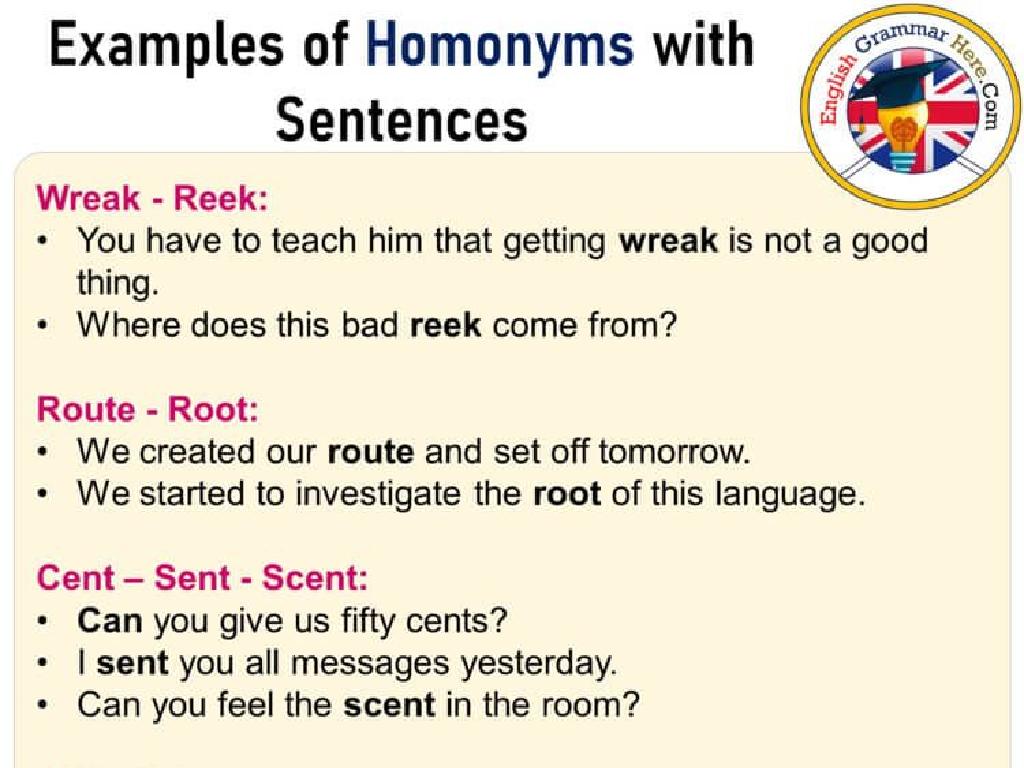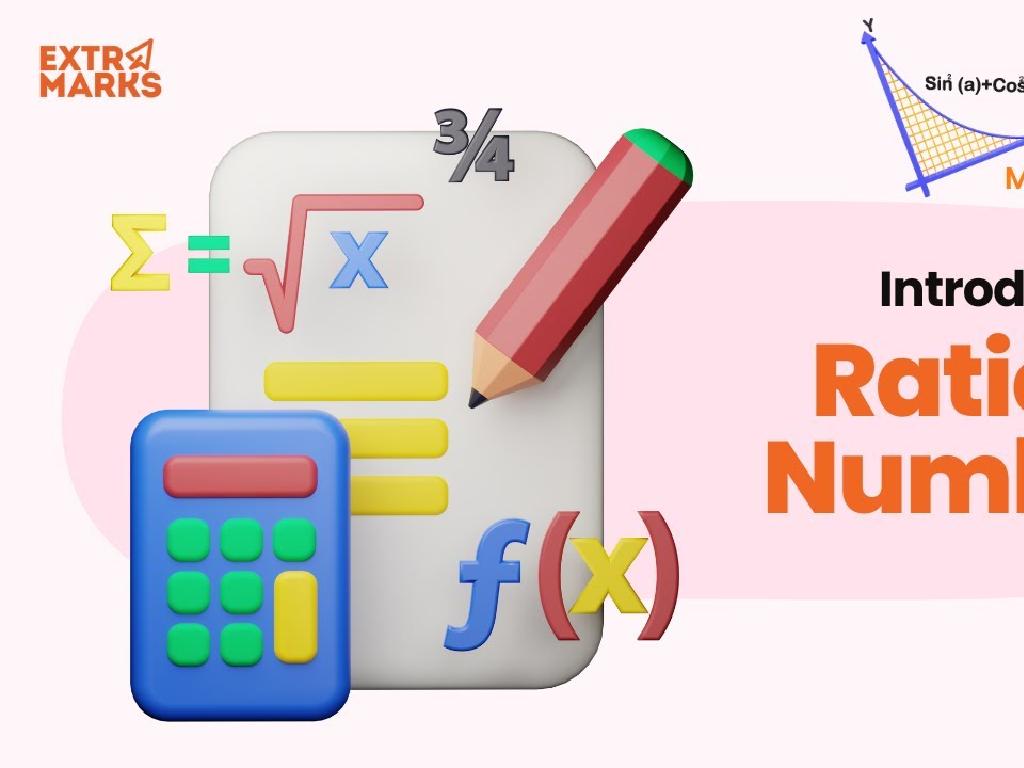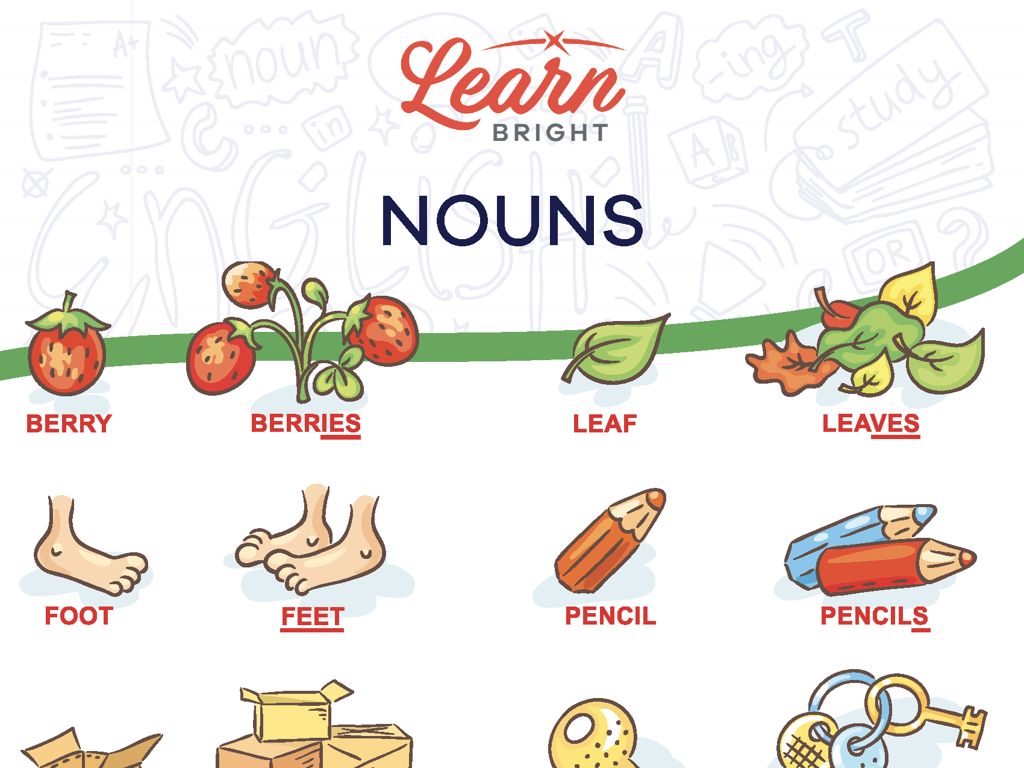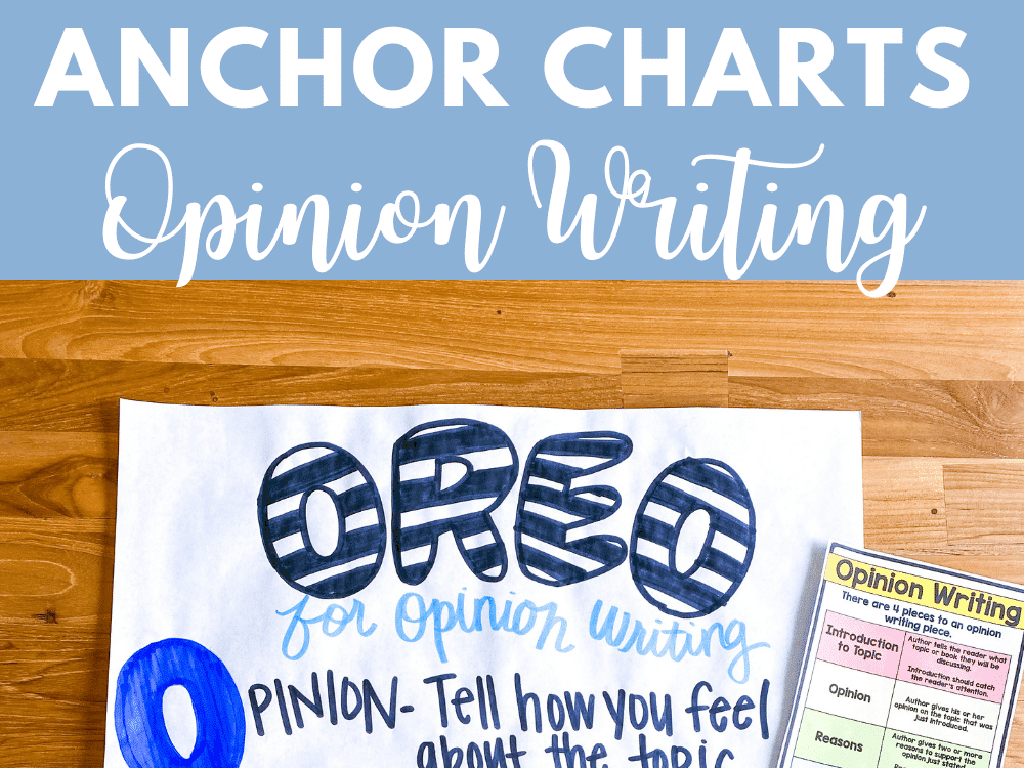Compare Energy Of Waves
Subject: Science
Grade: Eighth grade
Topic: Waves
Please LOG IN to download the presentation. Access is available to registered users only.
View More Content
Comparing the Energy of Waves
– Waves: A Basic Introduction
– Waves transfer energy through space or matter.
– Daily Encounters with Waves
– Sound from music, ocean waves, and microwaves.
– Measuring Wave Energy
– Energy is related to wave amplitude and frequency.
– Preview of Today’s Lesson
|
Begin the lesson by introducing the concept of waves and their ability to transfer energy. Explain that waves are all around us, from the sound waves we hear to the light waves we see. Discuss everyday examples to make the concept relatable. Then, introduce the key factors that affect a wave’s energy, such as amplitude and frequency, and how these can be measured. This will set the stage for today’s lesson, where students will learn to compare the energy of different waves through various examples and activities. Encourage students to think of questions or examples of waves they’ve encountered.
Understanding Wave Energy
– Define wave energy
– Energy transported by waves through a medium
– Relation: energy, frequency, amplitude
– High frequency & amplitude = high energy; low frequency & amplitude = low energy
– Examples of high energy waves
– Tsunamis, loud sounds
– Examples of low energy waves
– Gentle ocean ripples, whispers
|
Wave energy is the energy transferred by the movement of waves, which can travel through different mediums such as water, air, or even solid objects. The energy of a wave is directly related to its frequency and amplitude; waves with higher frequency and larger amplitude carry more energy. Conversely, waves with lower frequency and smaller amplitude carry less energy. Examples of high energy waves include tsunamis and loud sounds, which have high amplitude and can cause significant impact. On the other hand, low energy waves like gentle ocean ripples or whispers have low amplitude and are less impactful. Encourage students to think of more examples and discuss how the energy of waves affects their daily lives.
Comparing Energy in Different Types of Waves
– Mechanical vs. Electromagnetic Waves
– Mechanical waves need a medium, electromagnetic waves do not.
– Energy transfer in various mediums
– Energy moves differently in solids, liquids, gases, and vacuum.
– Examples of mechanical waves
– Sound waves in air, water waves in the ocean.
– Examples of electromagnetic waves
– Light waves from the sun, radio waves from a station.
|
This slide aims to compare mechanical and electromagnetic waves, focusing on how they transfer energy. Mechanical waves require a medium (like air or water) to travel through, whereas electromagnetic waves can travel through the vacuum of space. Discuss how energy is transferred through solids, liquids, gases, and vacuum, highlighting that mechanical waves cannot travel through a vacuum. Provide real-life examples to illustrate the concepts: sound waves are mechanical and need air to be heard, while light waves are electromagnetic and can travel through the emptiness of space. Encourage students to think of more examples and consider how the medium affects the energy transfer of waves.
Measuring Wave Energy
– Tools for measuring wave energy
– Devices like wave buoys and Doppler radars are used.
– Interpreting waveforms and data
– Waveforms show energy via amplitude and frequency.
– Activity: Calculating wave energy
– Use the formula E = 1/2 m v^2 to calculate energy.
– Understanding results and applications
|
This slide introduces students to the concept of measuring the energy in waves. Begin by discussing the tools used, such as wave buoys for ocean waves and Doppler radars for sound waves, which help scientists gather data. Explain how to read waveforms, emphasizing that larger amplitudes and higher frequencies indicate more energy. The class activity involves applying the kinetic energy formula to calculate the energy of given wave samples, reinforcing their understanding of the relationship between wave properties and energy. After calculations, discuss how this knowledge is applied in real-world scenarios, such as in oceanography, acoustics, and other fields where wave energy is an important factor.
Factors Affecting Wave Energy
– Wind speed’s effect on energy
– Faster wind increases wave energy, creating larger waves.
– Water depth’s role in waves
– Shallow water slows waves, while deep water allows faster wave movement.
– Wave period’s impact on energy
– Longer periods mean more energy, resulting in stronger waves.
– Interplay of factors for wave energy
|
This slide aims to explain the various factors that influence the energy of waves. Wind speed is crucial as it transfers energy to the waves; the stronger the wind, the more energy waves possess. Water depth affects wave formation; in deep water, waves travel faster and with more energy, while in shallow water, they slow down and lose energy. The wave period, or the time between successive waves, also affects energy levels; waves with longer periods carry more energy. Understanding these factors helps students grasp how different conditions can affect wave energy, which is important in fields like marine engineering and environmental science. Encourage students to think of real-life examples, such as how storms can generate high-energy waves.
Comparing Energy in Different Waves
– Tsunami vs. Ocean Waves
– Tsunamis have higher energy due to long wavelengths and fast speeds.
– Sound waves in various environments
– Sound waves travel differently through air, water, and solids.
– Group Discussion on wave energy
– Understanding factors affecting energy
– Factors include amplitude, frequency, and medium.
|
This slide aims to compare the energy present in different types of waves. Start with a case study of tsunamis versus regular ocean waves, highlighting the vast difference in energy due to factors like wavelength and wave speed. Then, analyze how sound waves behave and carry energy differently in air, water, and solid materials. Engage the class in a group discussion to explore which waves carry more energy and encourage them to consider the reasons behind this. Discuss the role of amplitude, frequency, and the medium through which the wave travels as key factors that affect a wave’s energy. This will help students grasp the concept of wave energy and its implications in real-world scenarios.
The Impact of Wave Energy
– Wave energy and coastlines
– Waves constantly change coastlines through erosion and deposition.
– Wave energy in renewable tech
– Technologies like wave power stations convert wave energy to electricity.
– Wave energy’s effect on ecosystems
– High energy waves can damage marine habitats, but also help circulate nutrients.
|
This slide explores the various impacts of wave energy on natural and human-engineered systems. Students should understand that wave energy is a powerful force that shapes our coastlines through processes of erosion and deposition, altering beaches and cliff faces over time. Additionally, wave energy is harnessed by emerging renewable energy technologies, providing a clean source of electricity. However, the energy carried by waves can also have significant effects on marine ecosystems, from the destruction of coral reefs in extreme cases to the beneficial distribution of nutrients necessary for diverse marine life. Encourage students to think critically about the balance between the positive and negative impacts of wave energy on our environment.
Class Activity: Wave Energy Experiment
– Conduct a hands-on wave experiment
– Gather materials: tank, tools, stopwatch
– Create waves with varying frequencies
– Observe how frequency affects energy
– Measure and compare wave energies
– Use tools to measure wave amplitude and frequency
|
This class activity is designed to give students a practical understanding of how energy in waves can vary with changes in frequency and amplitude. Students will use a wave tank or ripple tank to create waves, employing measuring tools and a stopwatch to gather data. The objective is to observe the differences in energy between waves of different frequencies and amplitudes. Teachers should ensure that students understand how to safely use the equipment and accurately record their observations. Possible activities include comparing low frequency to high frequency waves, small amplitude versus large amplitude waves, and documenting the energy differences observed. This hands-on approach will help solidify the concepts of wave energy for the students.
Conclusion: Energy of Waves
– Summarize wave energy concepts
– Energy in waves relates to amplitude and frequency
– How to compare wave energies
– Compare by examining amplitude and wavelength
– Engage in Q&A session
– Opportunity to ask questions about today’s lesson
– Clarify any doubts
|
This slide aims to wrap up the lesson by summarizing the key concepts related to the energy of waves, such as the relationship between energy, amplitude, and frequency. Highlight the importance of both amplitude and wavelength when comparing the energy of different waves. The Q&A session is crucial for addressing any misunderstandings and reinforcing the day’s learning objectives. Encourage students to think critically about the material and ask questions to deepen their comprehension. This is also an opportunity to assess student learning and provide immediate feedback.





